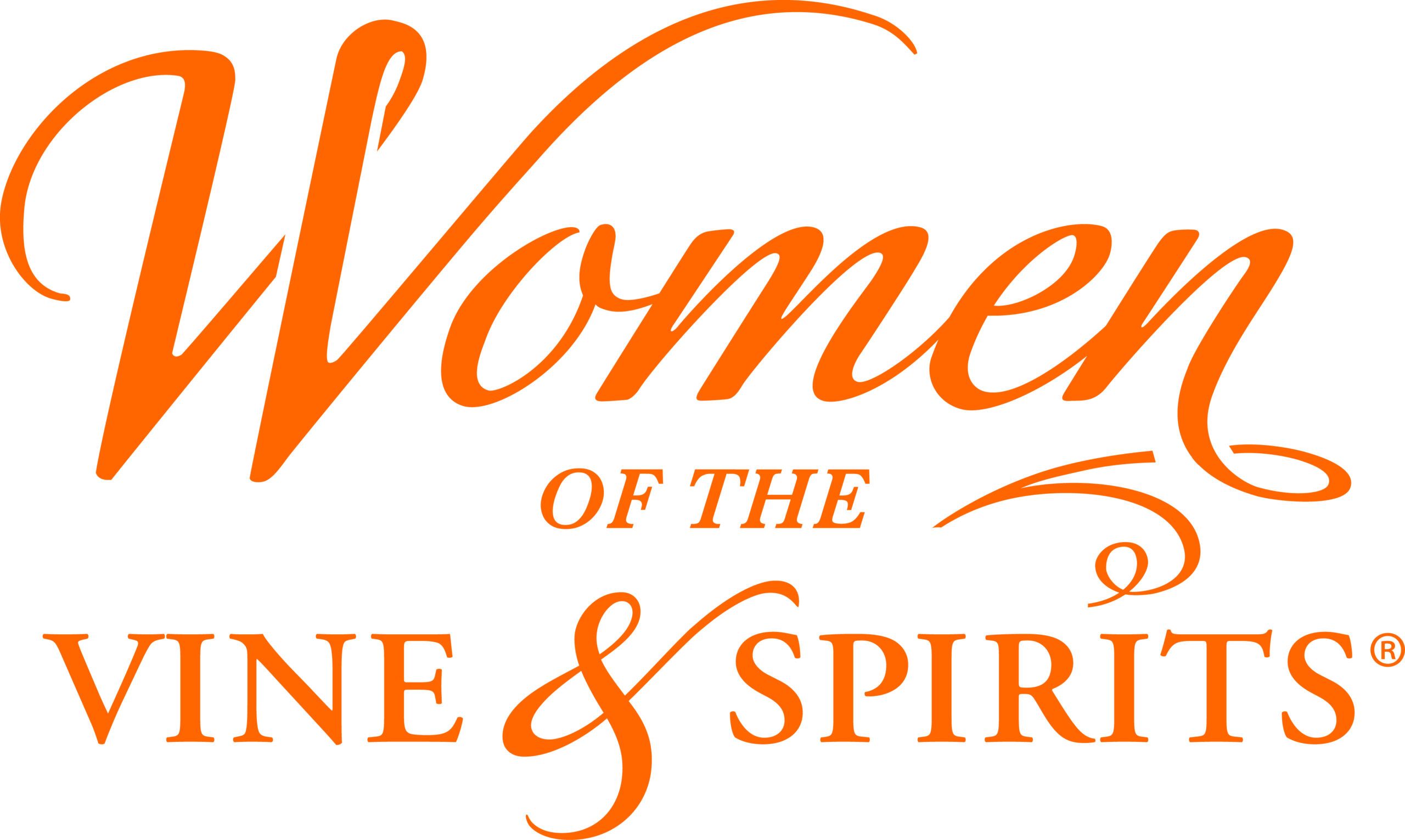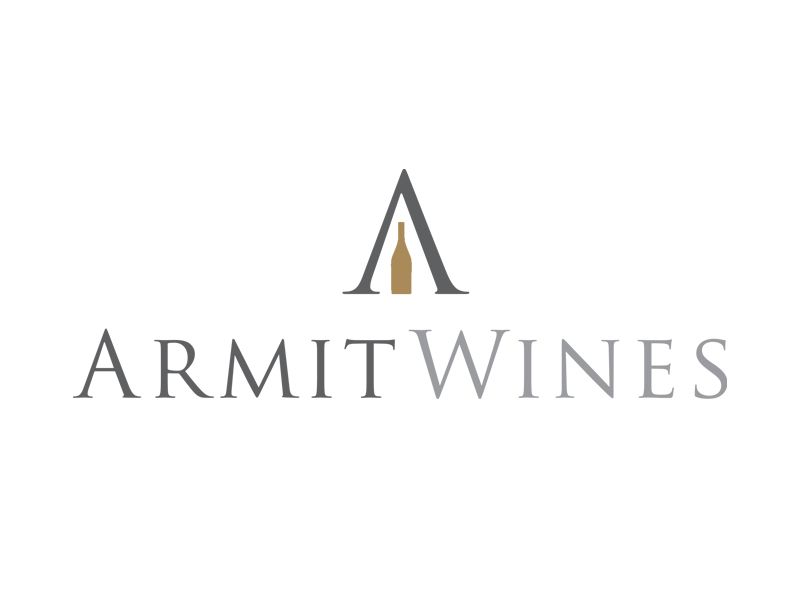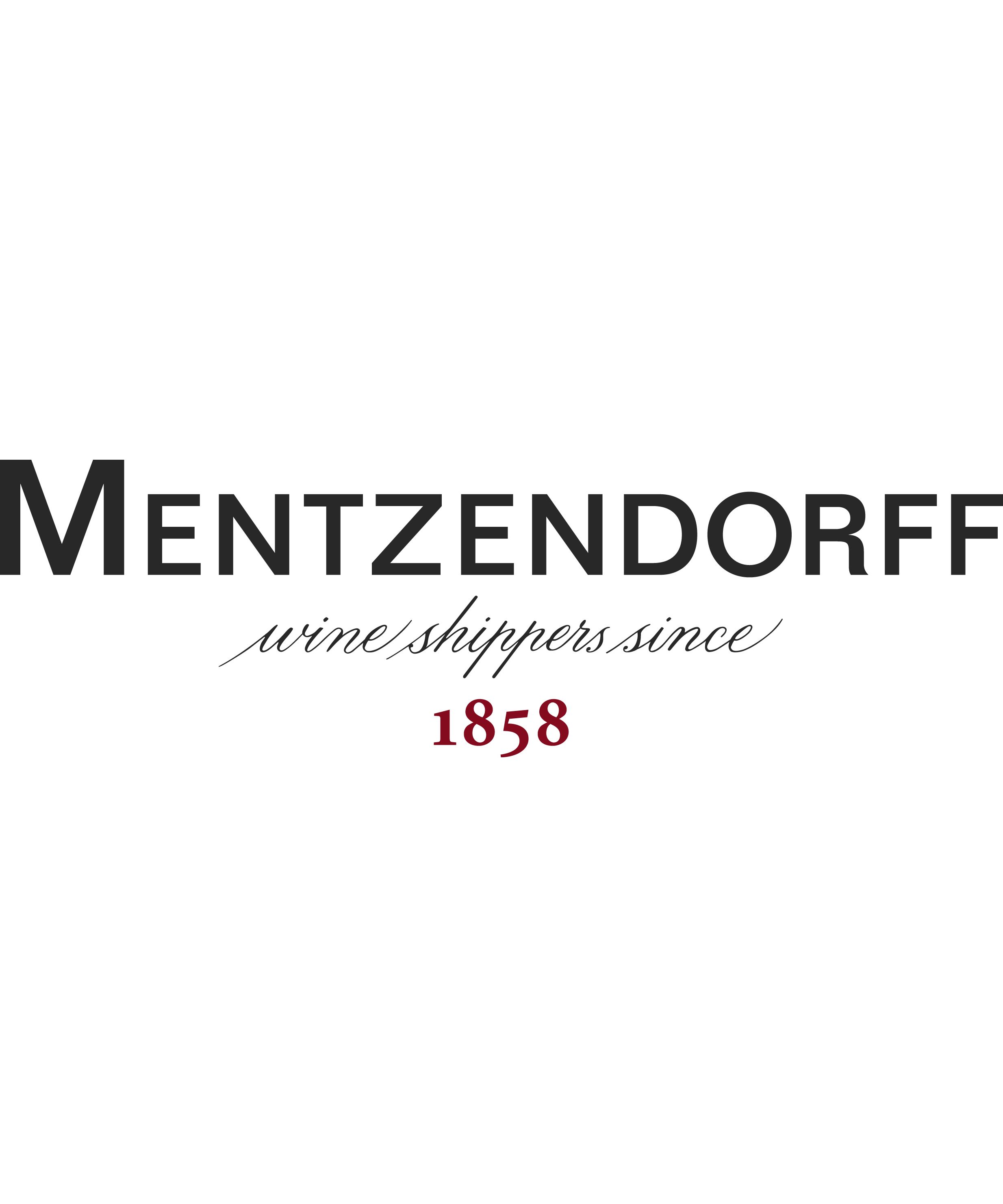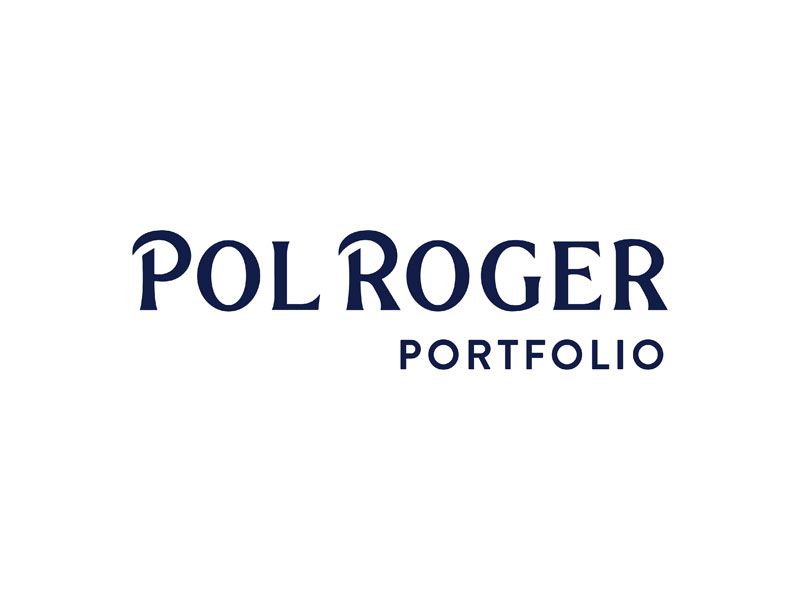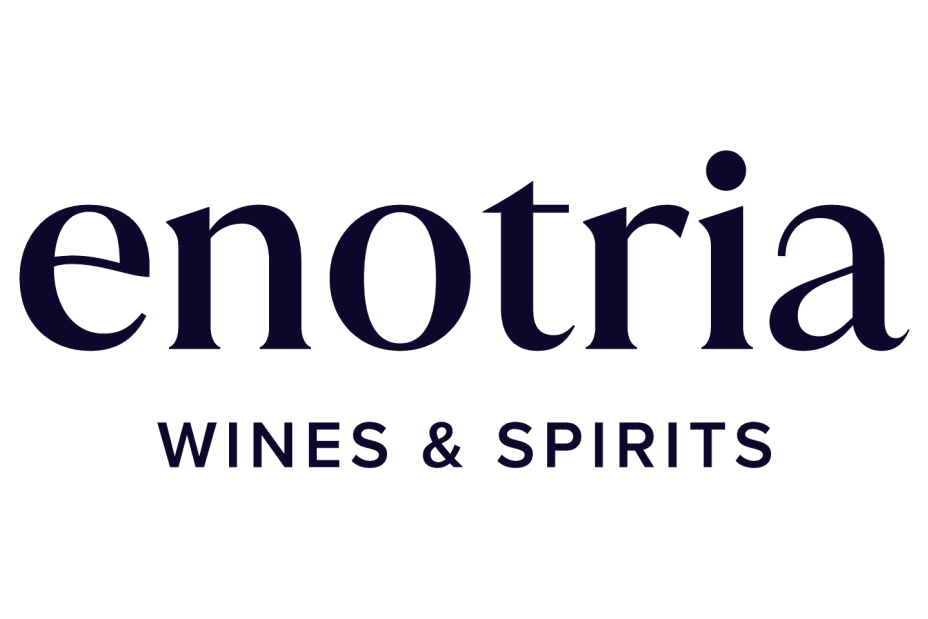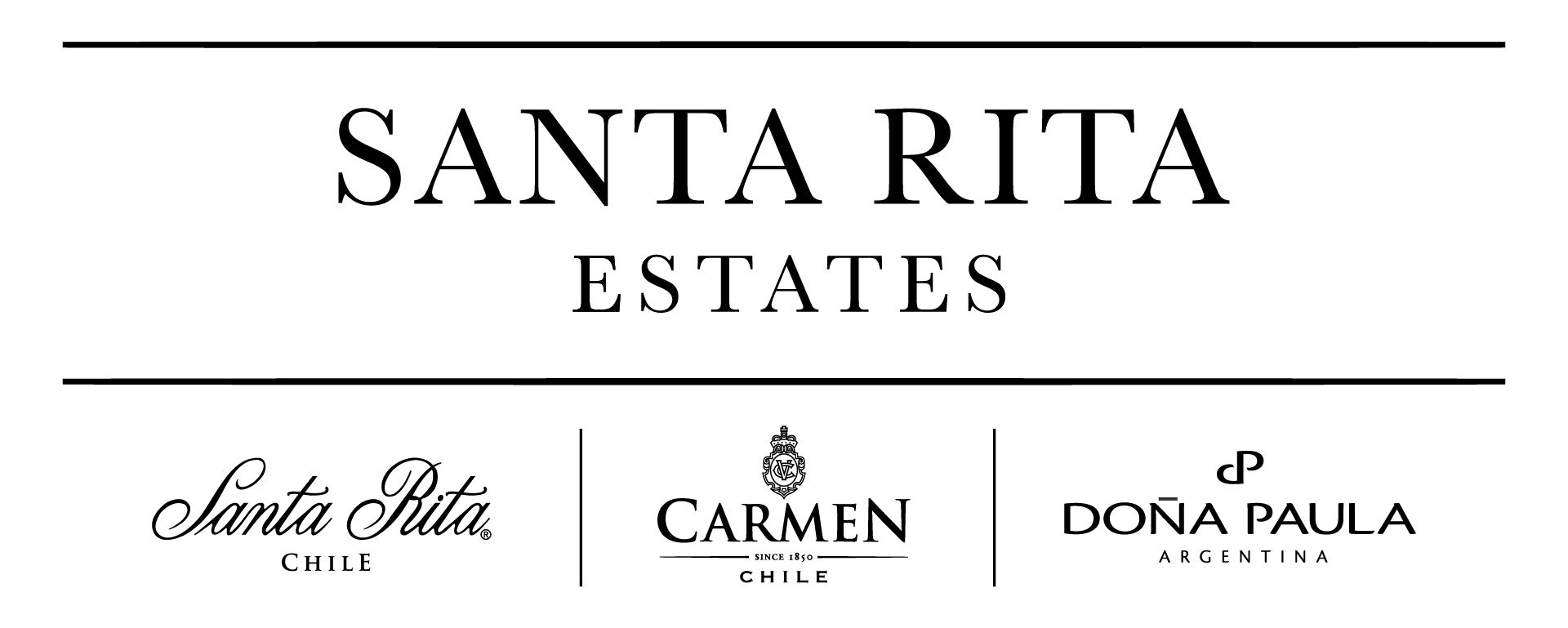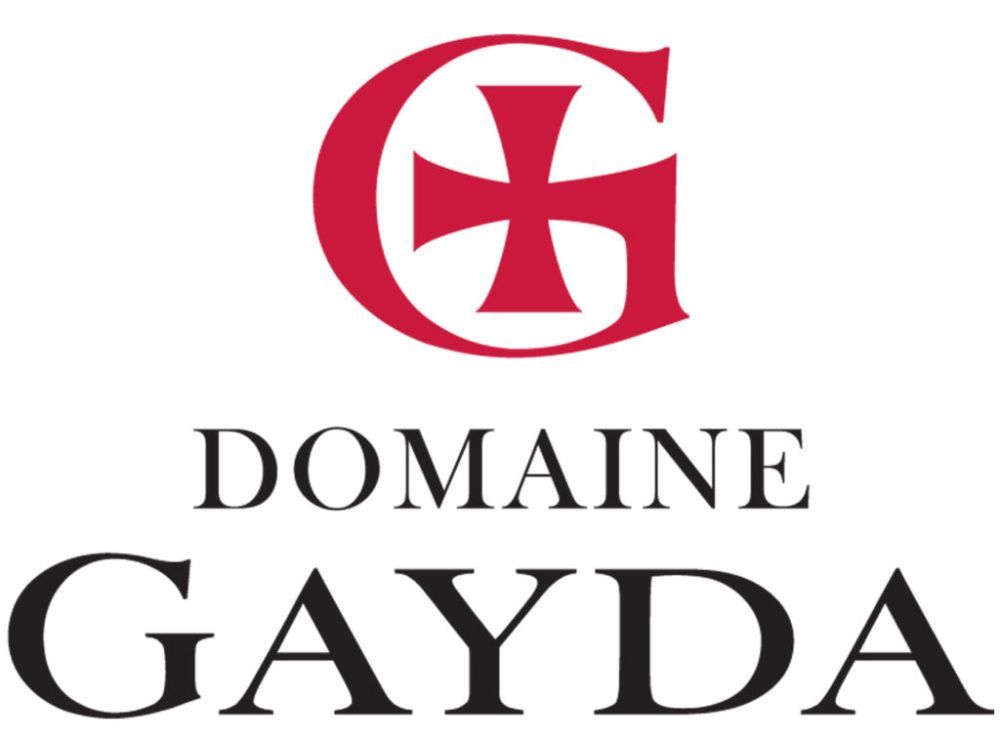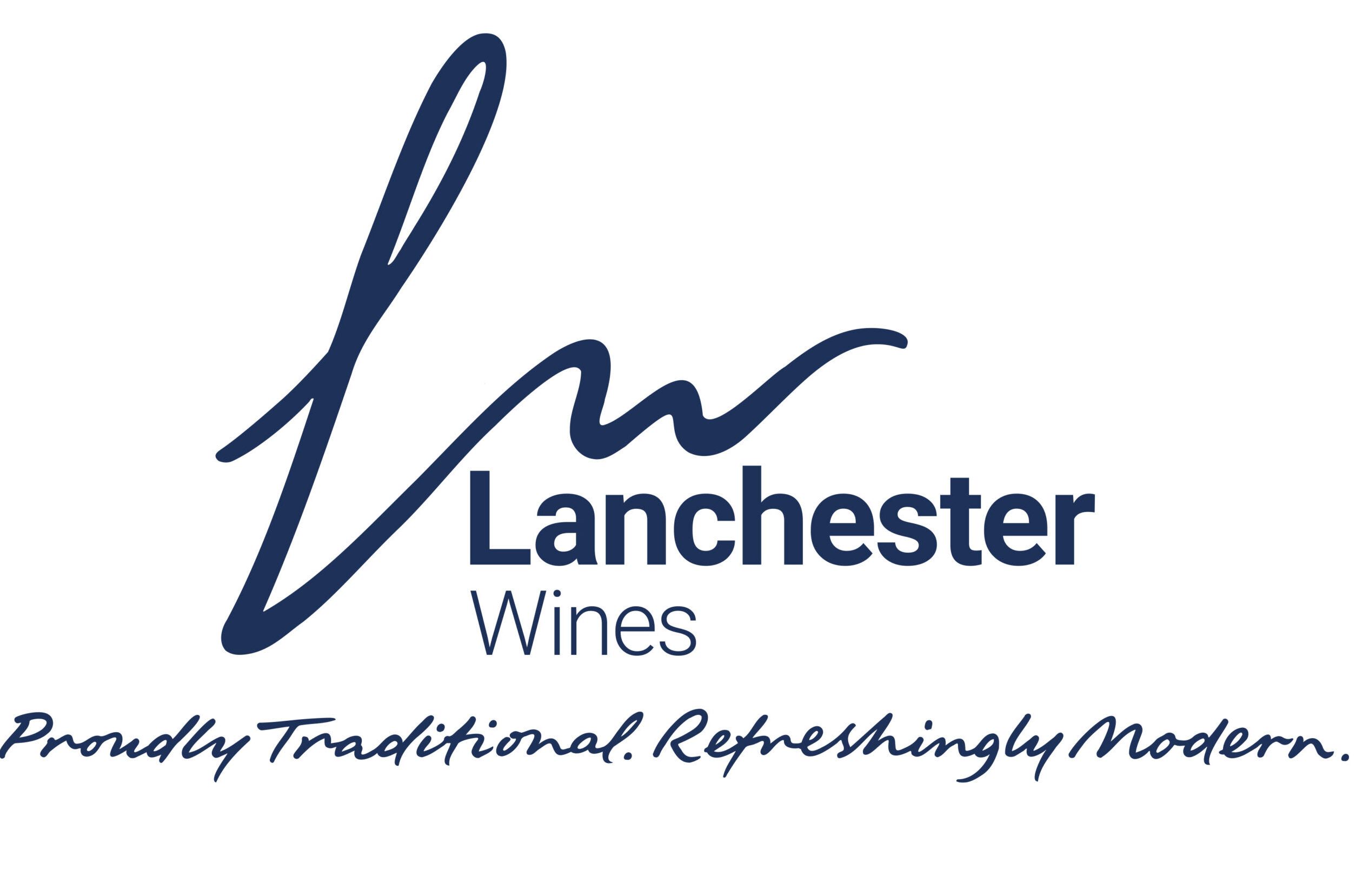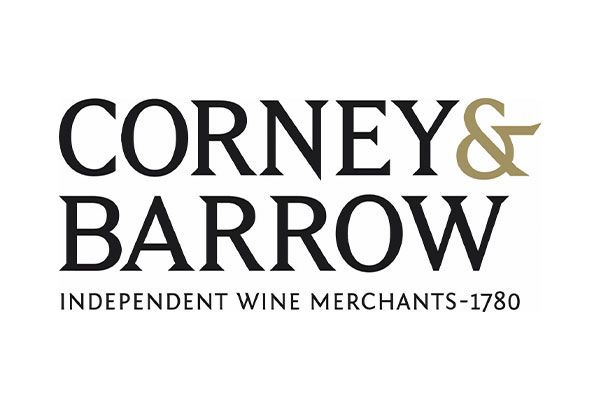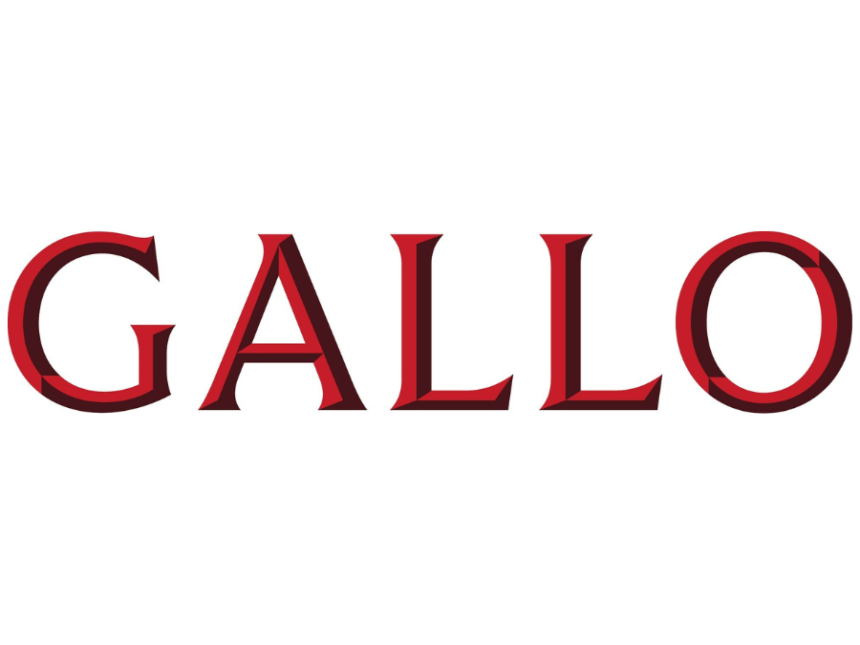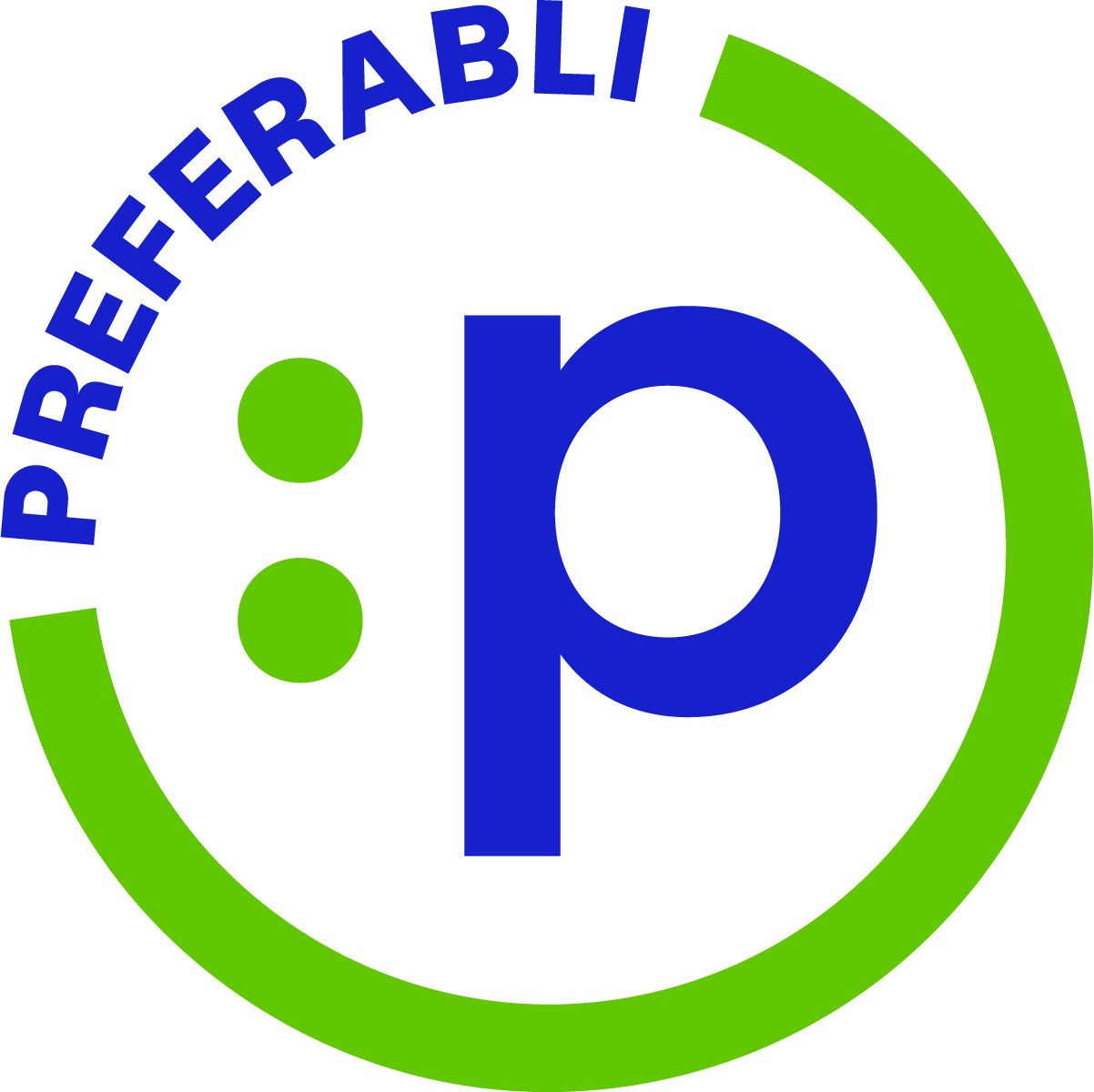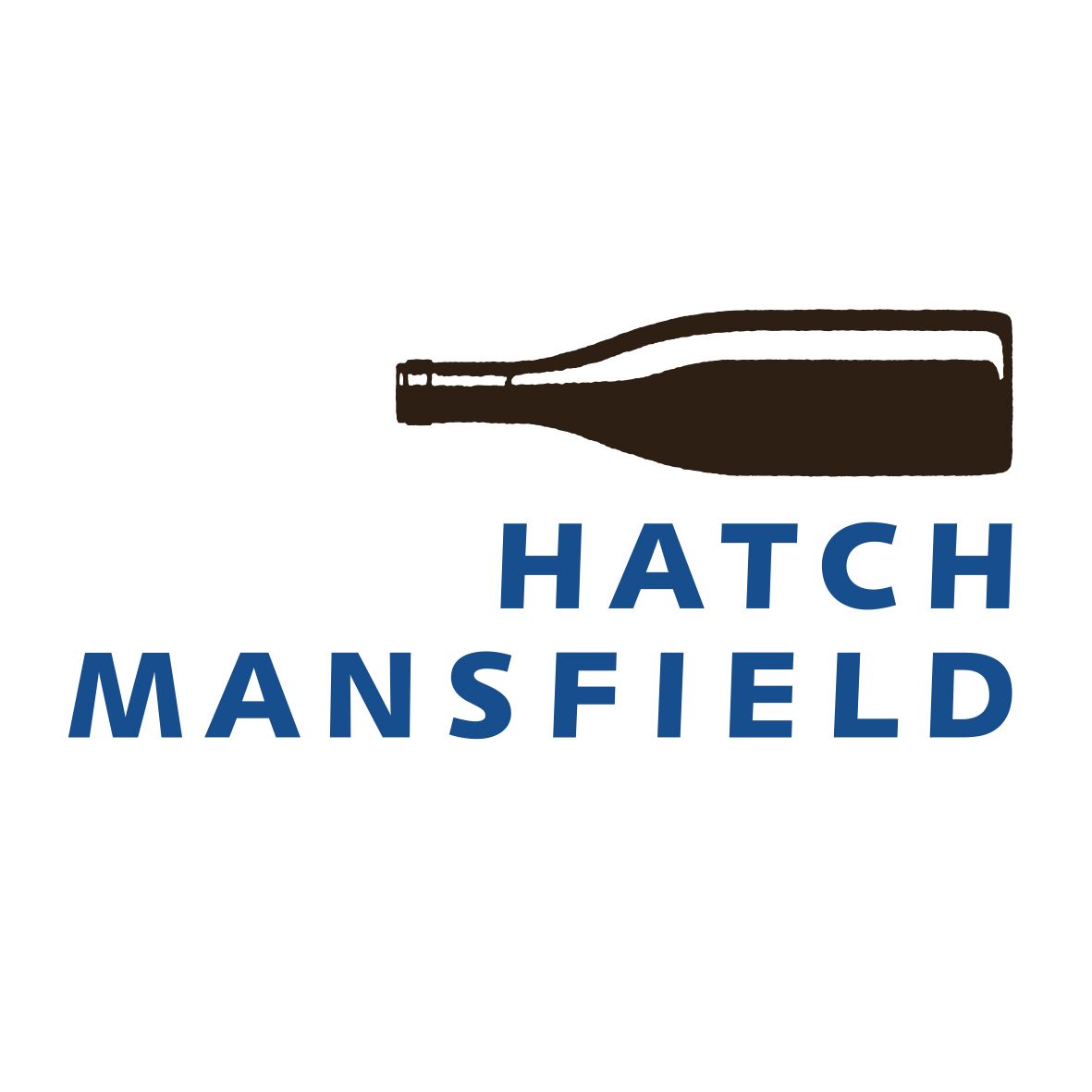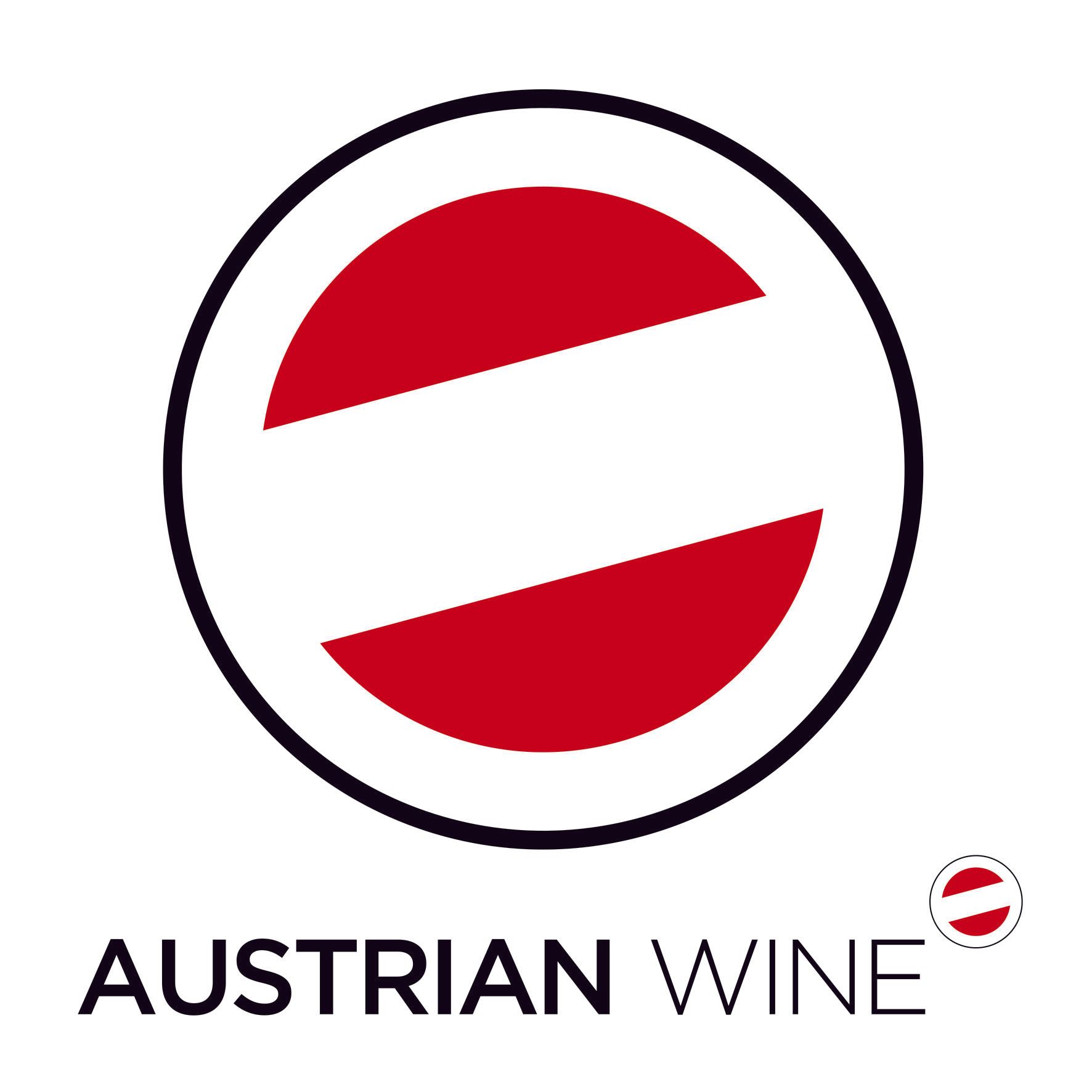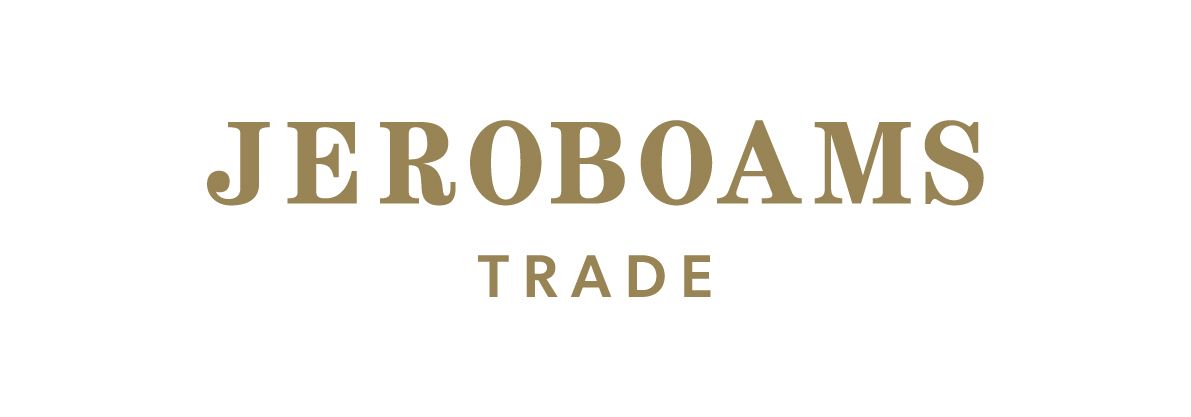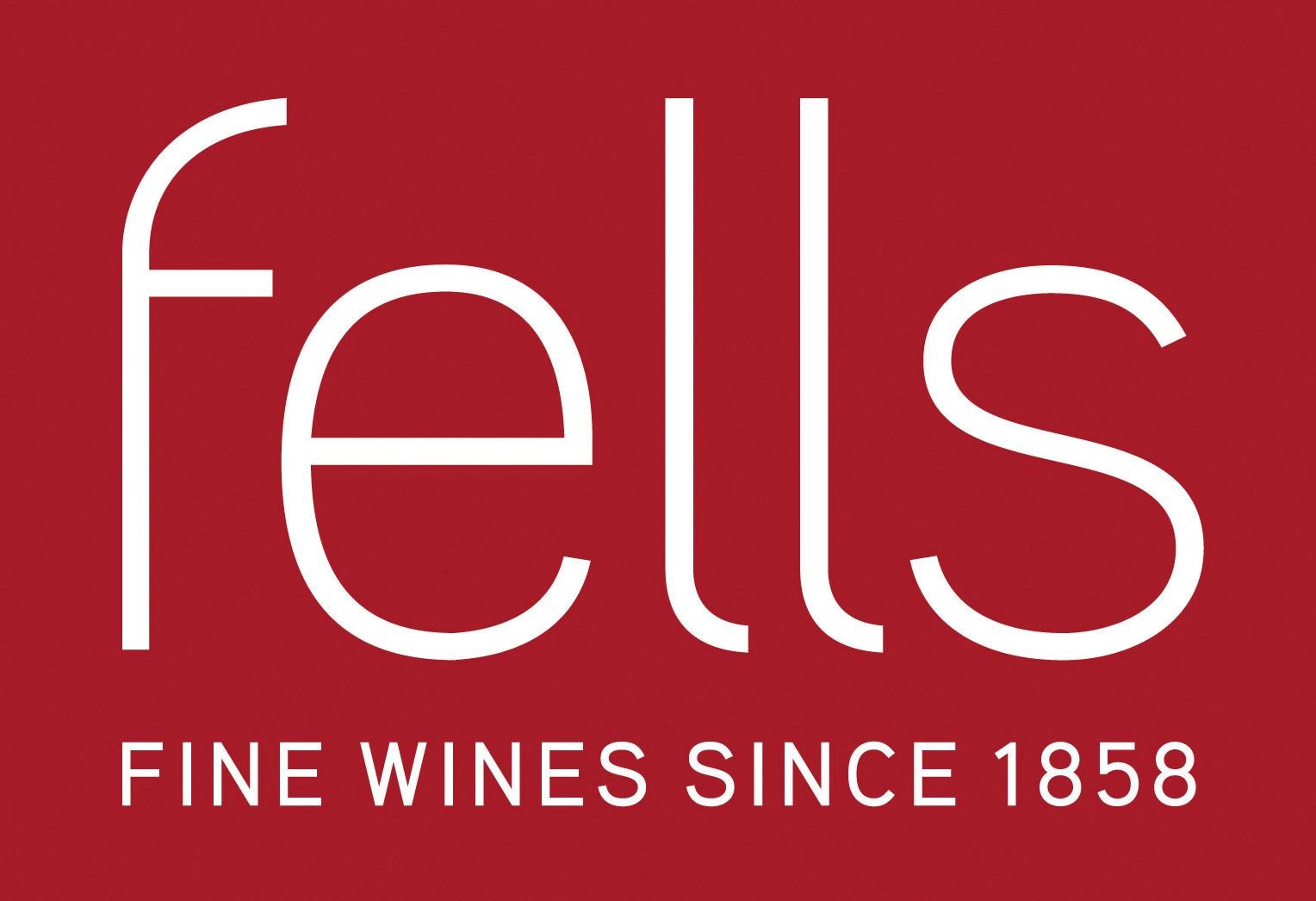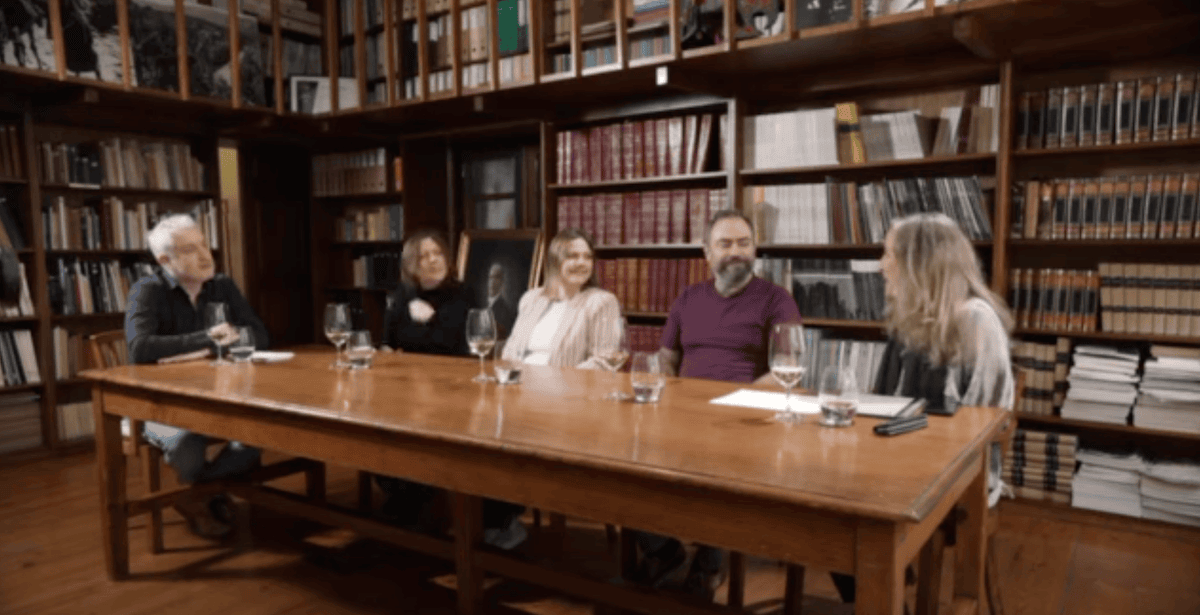The Loire Valley is renowned for its fabulous wines, and its even grander châteaux, but today, we’re focusing on the wines (with a few nods to the châteaux, naturally). I recently had the great pleasure of participating in Loire Millésime 2025. Where I joined a week-long outing devoted solely to exploring the wines of the Loire Valley. All those Chenins and Cab Francs… what a treat, I thought.
Then I received the agenda. The first two days? A welcome soirée and an entire day dedicated to Muscadet.
I trembled, for obvious reasons. My only previous encounters with Muscadet had been during my WSET course (where it was, frankly, undrinkable) and at the Loire Bloom event, where even the tutor didn’t seem entirely convinced of its merit. Naturally, I dreaded the day, but I knew there were other goodies in the line-up. So, I thought, “Never explain, never complain,” and resolved to push through and enjoy what came next.
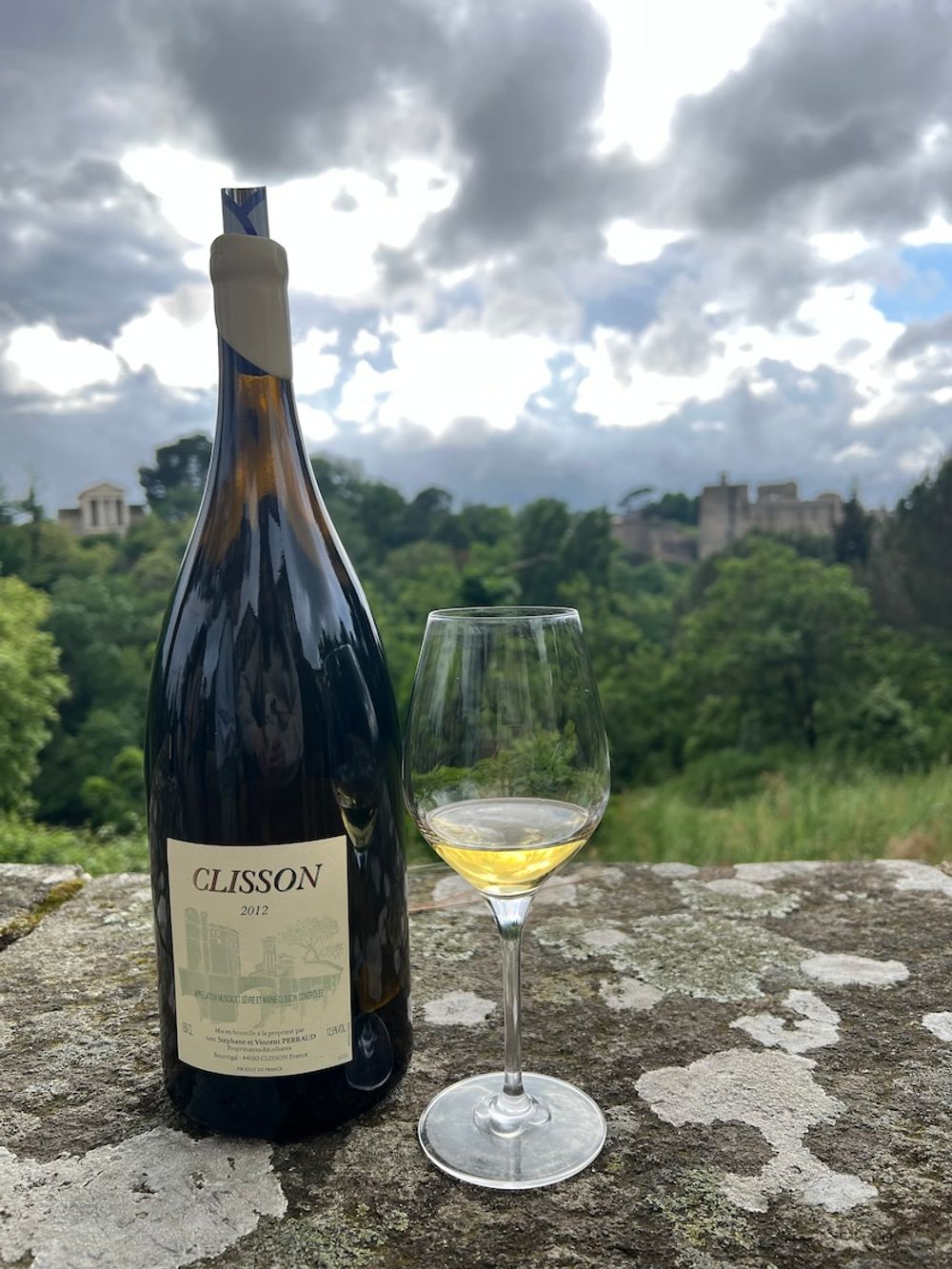
One of the wines that showed Dabrowska what she had been missing
Let me begin by admitting I was wrong about two things that first evening. One: never wear kitten heels to a Loire villa (the soil! More on that shortly). And two: Melon B (Melon de Bourgogne) is a fantastic, underrated, and tragically under-appreciated grape that produces complex, refreshing wines for both the mind and palate.
So, the question is: how on earth did we get it all so wrong? Why do we remain sceptical when Muscadet Sèvre et Maine sur lie is poured? Why do we keep repeating the same tired narrative that upholds an unfair reputation? Have we ever even tried a truly good Muscadet?
Let’s rewind: what is Muscadet Sèvre et Maine sur Lie?
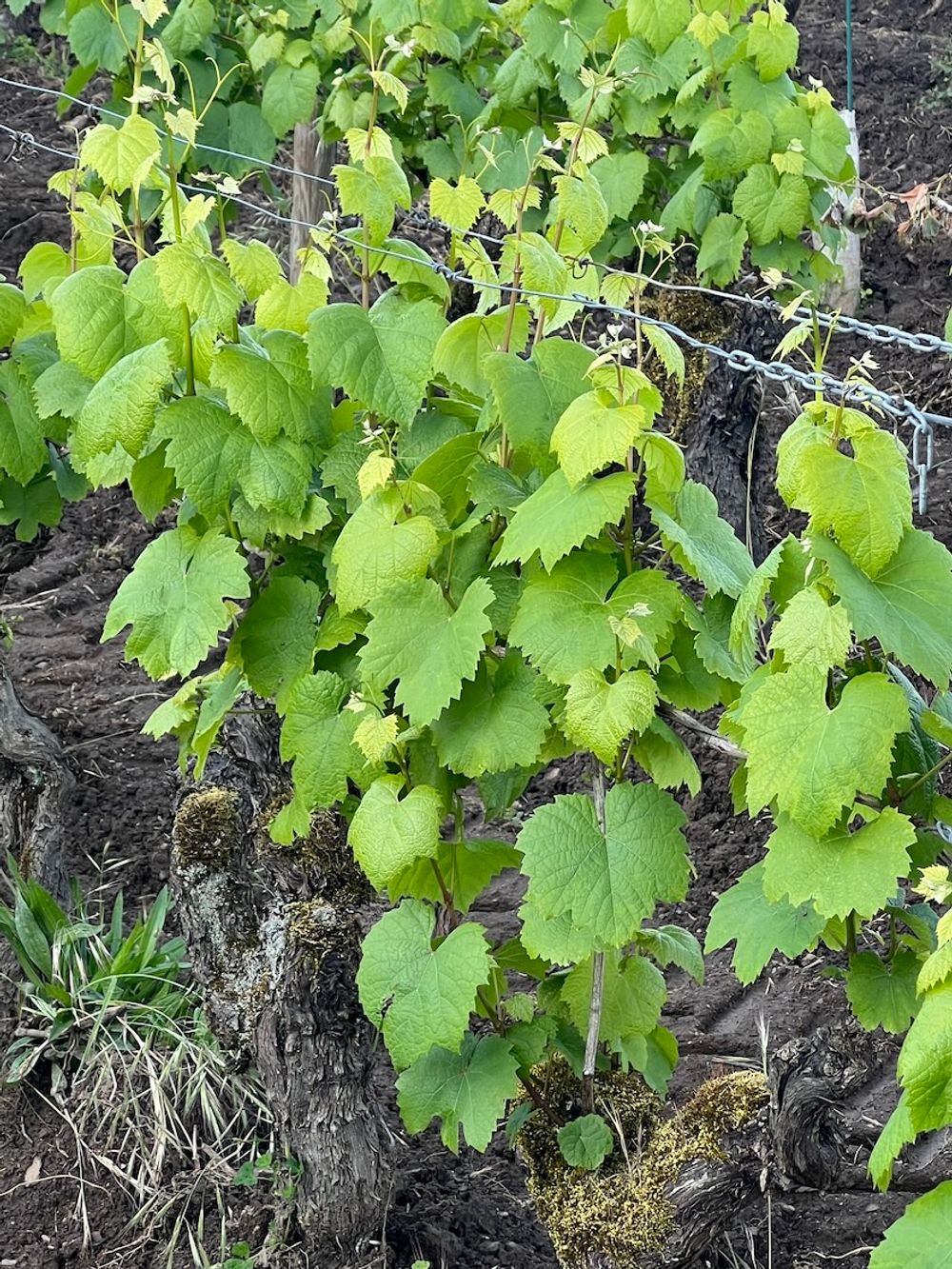
Young Melon B vines
Muscadet Sèvre et Maine sur lie is made from Melon B (aka Melon de Bourgogne), in the Atlantic-hugging region of Nantes. Melon B is the only variety used in the Muscadet PDO, though local growers also work with another grape worth noting: Folle Blanche.
Melon B arrived in the region in the 17th century, brought, as always, by monks straight from Burgundy (hence the original name, Melon de Bourgogne). The locals, however, prefer the nickname Melon B and, as someone who fondly uses “Cab Sauv,” I must say, I rather like it too.
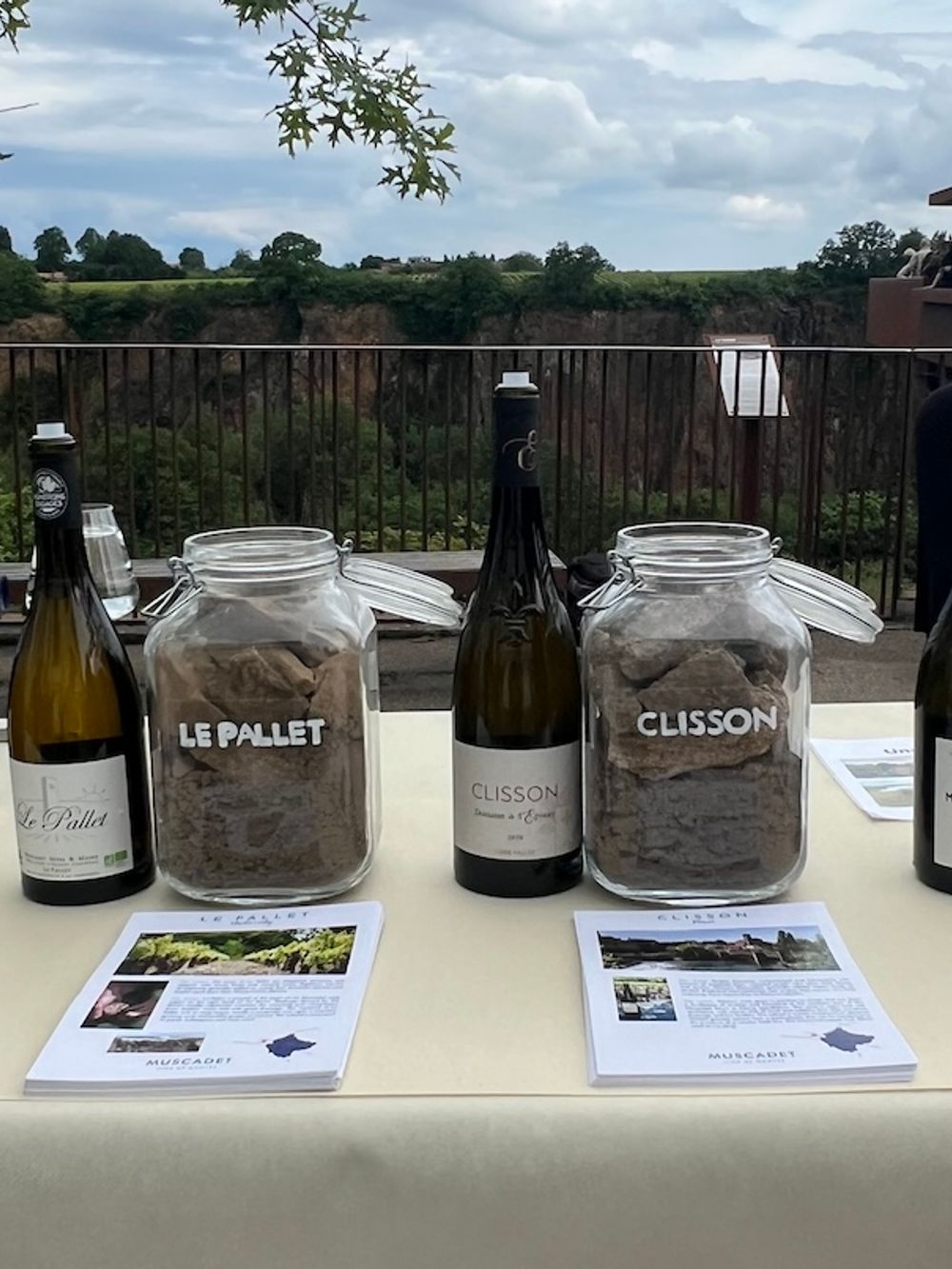
The region of Sèvre et Maine (named after the two rivers) sits on ancient sedimentary and crystalline rock – impressive, yes, and an utter nightmare for stilettos. The vineyards lie on the magmatic and metamorphic formations of the Armorican Massif, featuring gneiss, mica schist, greenstone, and granite. Granite, a hard, acidic stone, and gneiss, which holds and radiates heat, create highly favourable conditions for Melon B, imparting vibrancy and structure to the wines.
Add in the oceanic climate – mild autumns and winters, and hot (often humid) summers – and the potential here is enormous. And yet, in the UK, we seem to reserve our praise almost exclusively for Loire Chenin (of which we’re the second-largest export market). But surely, we’ve got room in our cellars for another Loire gem?
Tasting begins: Muscadet in magnum
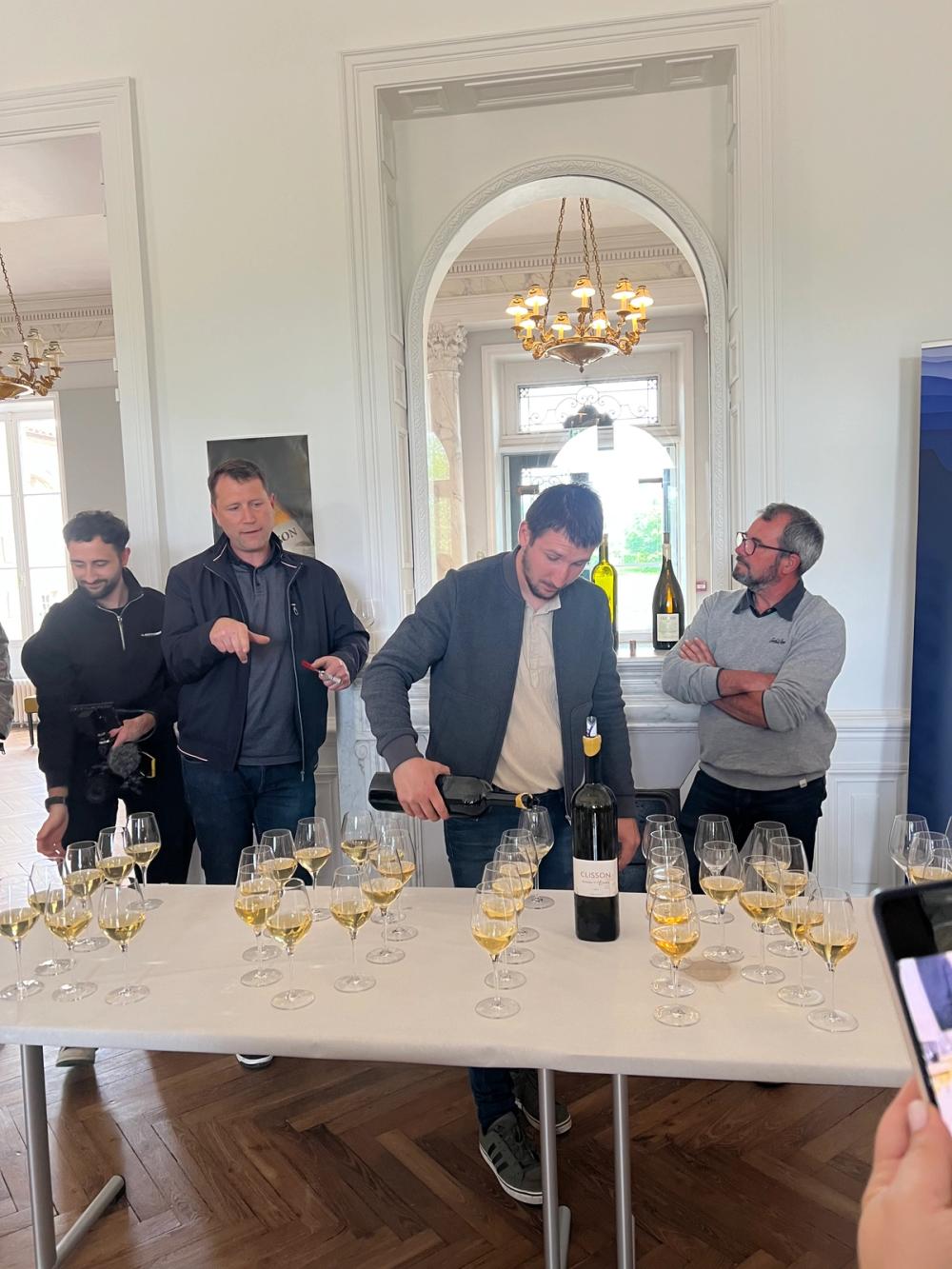
Vincent Perraud from Domaine des Cognettes (r) and Cyril Paquereau from Domaine de l'Epinay (2nd l) oversee the tasting
Naturally, I approached my first glass with some hesitation, especially since I found myself standing before the head of marketing as I sipped. (And if you know me, you know my expressions are about as subtle as a cork popping at a silent auction.) I needn’t have worried.
Both wines served were in magnum:
Domaine de l’Epinay – Muscadet Sèvre et Maine Clisson, 2019
Beautiful acidity, incredibly refreshing, with pronounced lemon, minerality, and a chalky texture. I was gob smacked. I had expected a flat, tired wine but perhaps that’s our first clue as to how this grape’s reputation has gone awry. Perfect as an aperitif.
Domaine des Cognettes – Muscadet Sèvre et Maine Clisson, 2012
Far more complex and I was told 2012 is still considered a baby! Lees influence, lemon, minerality... yet no secondary or tertiary aromas just yet. I was so impressed (and completely sold) that I declared then and there: “From now on, I drink Muscadet!”. This wine could easily go toe-to-toe with a good Chablis.
A hellfest and heavenly pairings
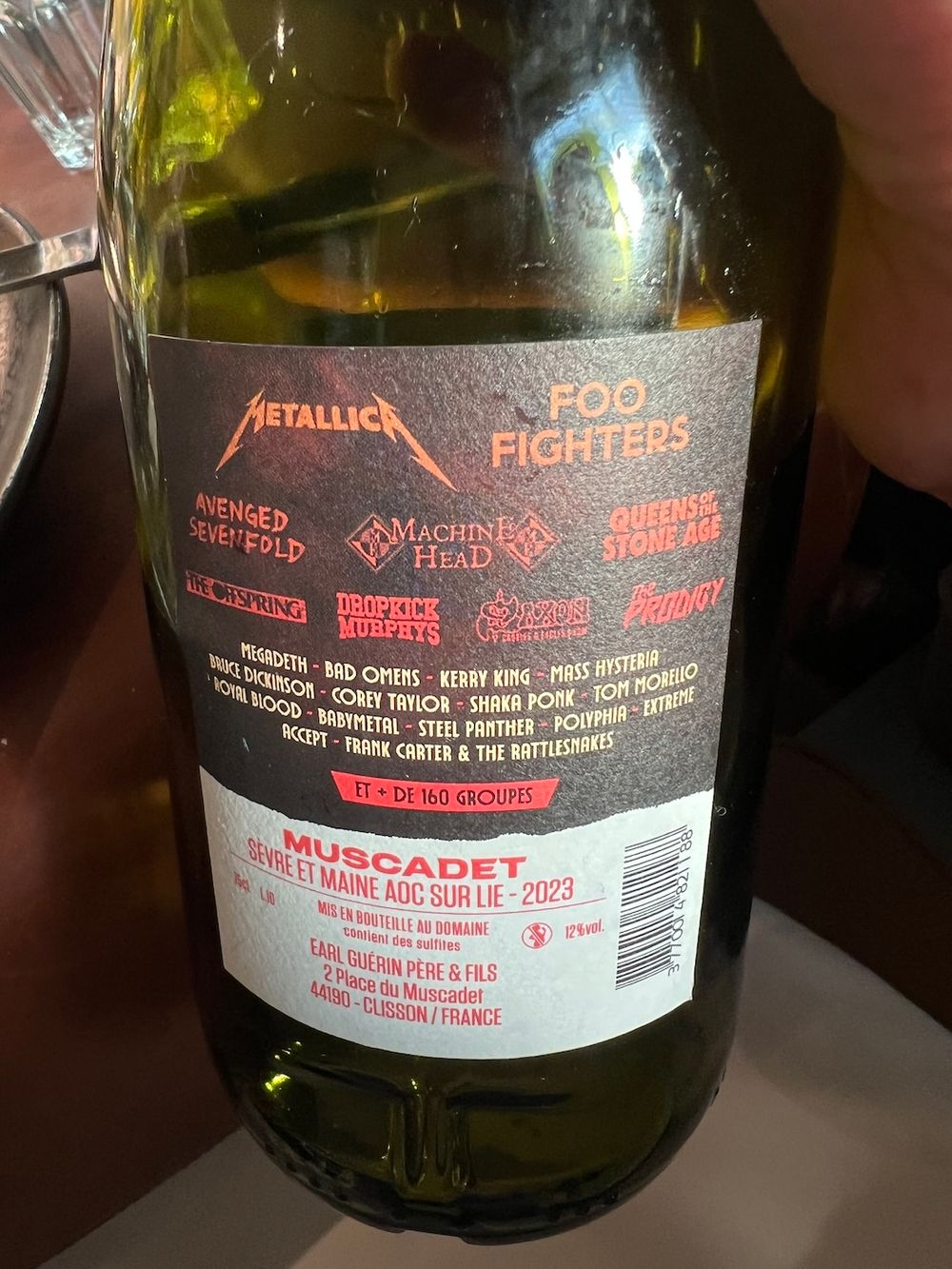
During dinner, we sampled younger vintages with each one being delightful. One standout was a Muscadet made for ‘Hellfest’, a metal/rock festival held annually in the Loire. The wine, from Domaine des Grands Egards, was served at the site’s restaurant, which now doubles as an event venue. It paired beautifully with lobster rolls and, surprisingly, with a tropical pavlova. Not my first pairing instinct, I confess, but the wine enhanced the peaches and nectarines delightfully. Producers: Domaine du Grand Air & Famille Héraud.
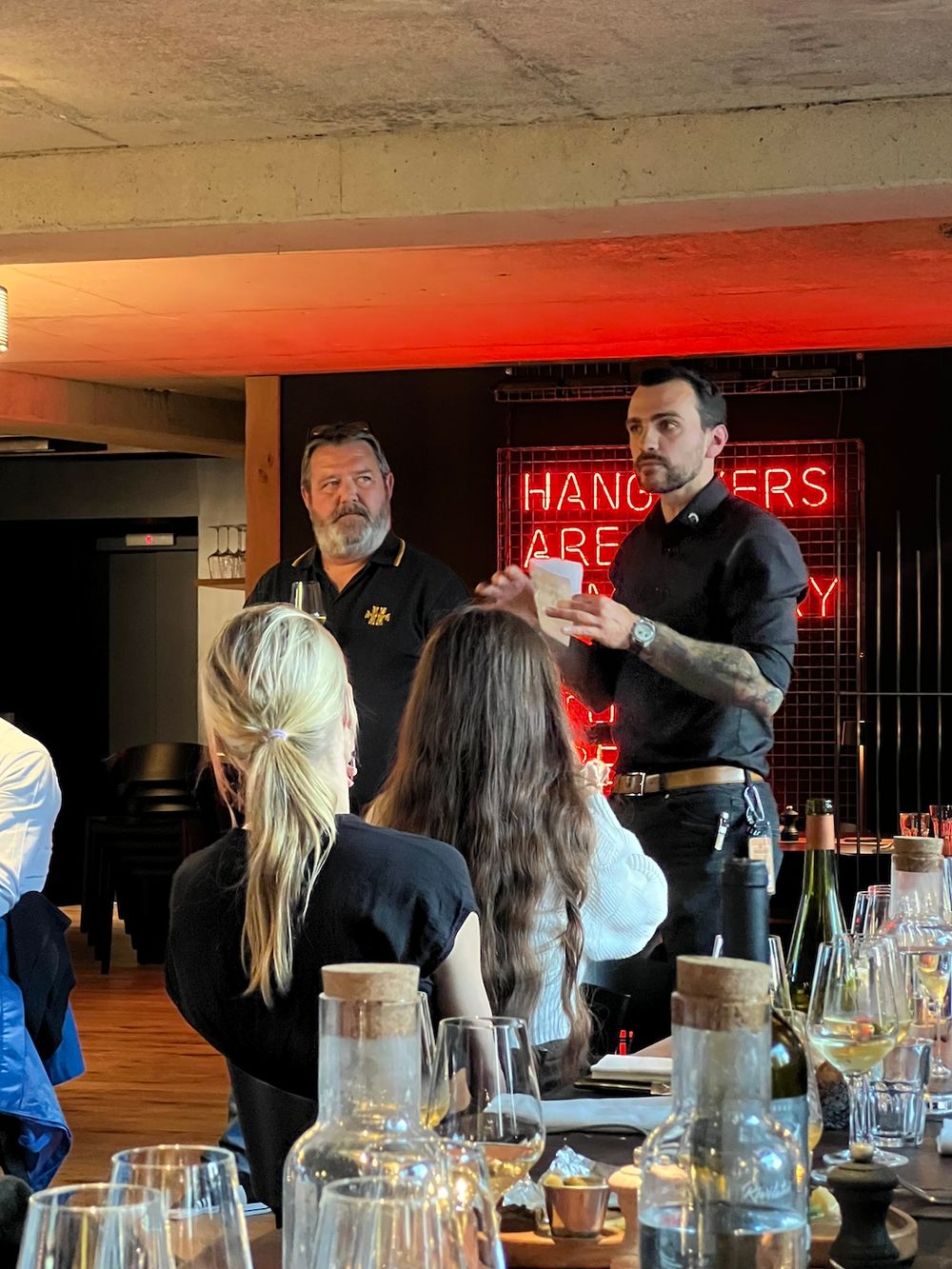
Frédéric Loiret from Domaine du Grand Air (r)
Of soils, lees, and horses
The next day blew the cork off. After a morning of Sauvignon Blanc masterclasses and a tasting of Coteaux du Vendômois (a tale for another day), we dove into the good stuff: vineyard tours, soil expos, lees-ageing masterclasses, and château lounging.
At Porte Vue de Château-Thébaud, we were treated to a geological exhibit connecting each soil type with its resulting wine. Pure joy for a wine geek.
My top three:
Domaine Bonnet-Huteau – Muscadet Sèvre et Maine, Goulaine, 2020
Fantastic complexity, tropical fruit (papaya, passion fruit), long finish, leesy creaminess, just gorgeous.
Les Frères Couillaud – Muscadet Sèvre et Maine, Château de la Ragotière, Vallet, 2020
Elegant, subtle, with beautiful acidity and a chalky finesse.
Famille Lieubeau – Muscadet Sèvre et Maine, Château-Thébaud, 2020
Bright citrus, zingy lemon zest, mineral backbone, lovely lees-induced depth. One to watch.
Other lieux-dits I adored included Clisson, Champtoceaux, and Mouzillon-Tillières (Domaine du Colombier).
Horses, lees, and the beauty of age
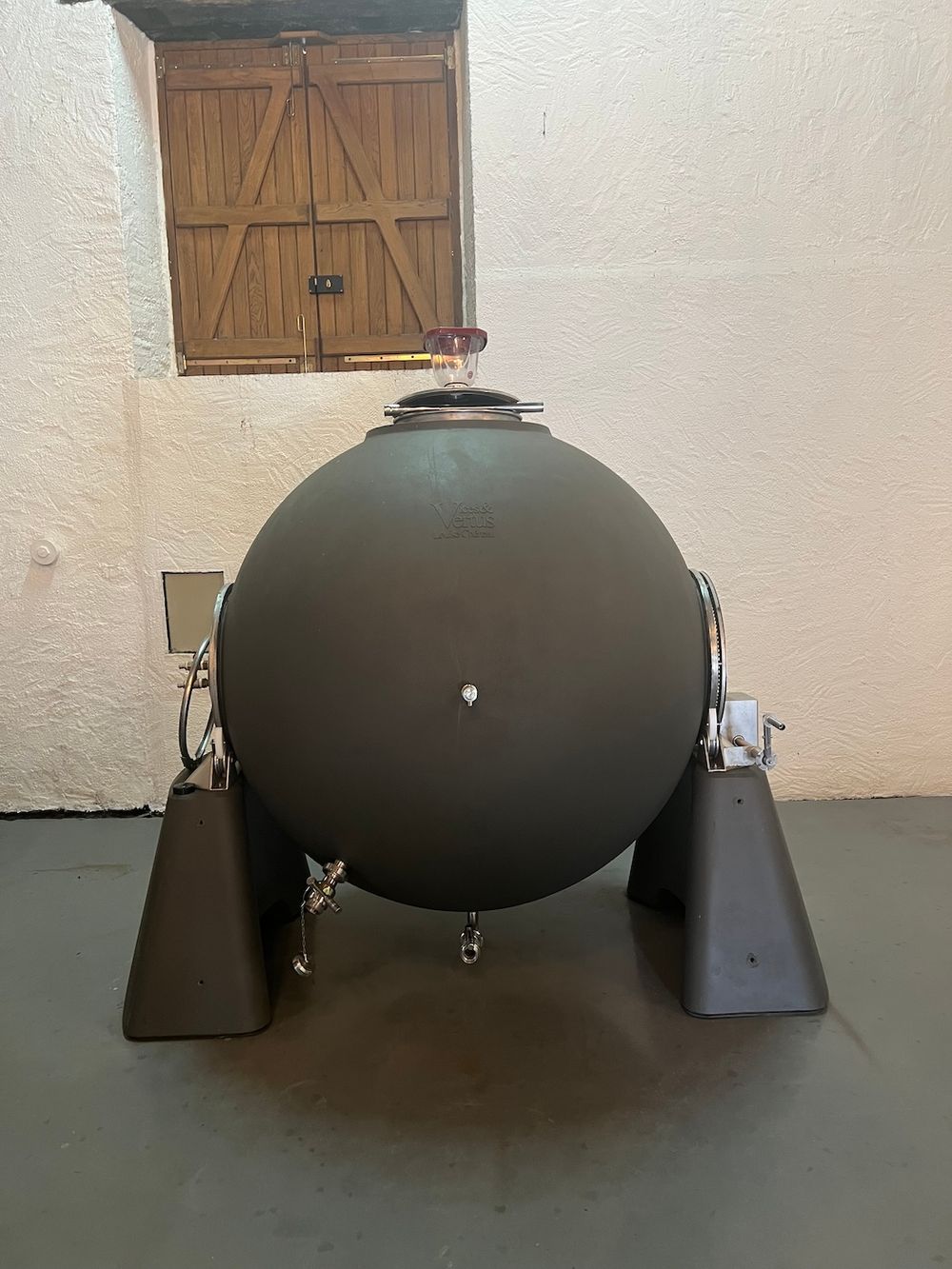
G15r vat model from Galileo at Château de Chasseloir, Saint-Fiacre-sur-Mainea. A fully rotative vat used to preserve grape freshness, stir the lees without bâtonnage and maintain better temperature control.
At Château-Thébaud’s Aulnaye vineyard, we saw the early baby grapes of Melon B. We learned about viticultural practices, with many growers now avoiding Bordeaux mixture to combat mildew. And yes, they still use horses (Hermione and Vainqueur) to plough the land. I didn’t meet them (perhaps for the best; I may have lost all composure).
Next: a lees-ageing experience at Château de Chasseloir. Here, all Muscadet wines are aged on their lees in underground vats—usually concrete lined with glass or sandstone. Time on lees varies greatly:
<6 months = fresh, light wines
6–18 months = richer, more structured
>2 years = complex, aromatically rich wines (often called “communal appellations”)
We tasted Muscadets aged on lees for 3, 6, 12, 24, 60, 102, and 216 months – yes, 216! The influence of lees on structure and flavour was evident and astonishing.
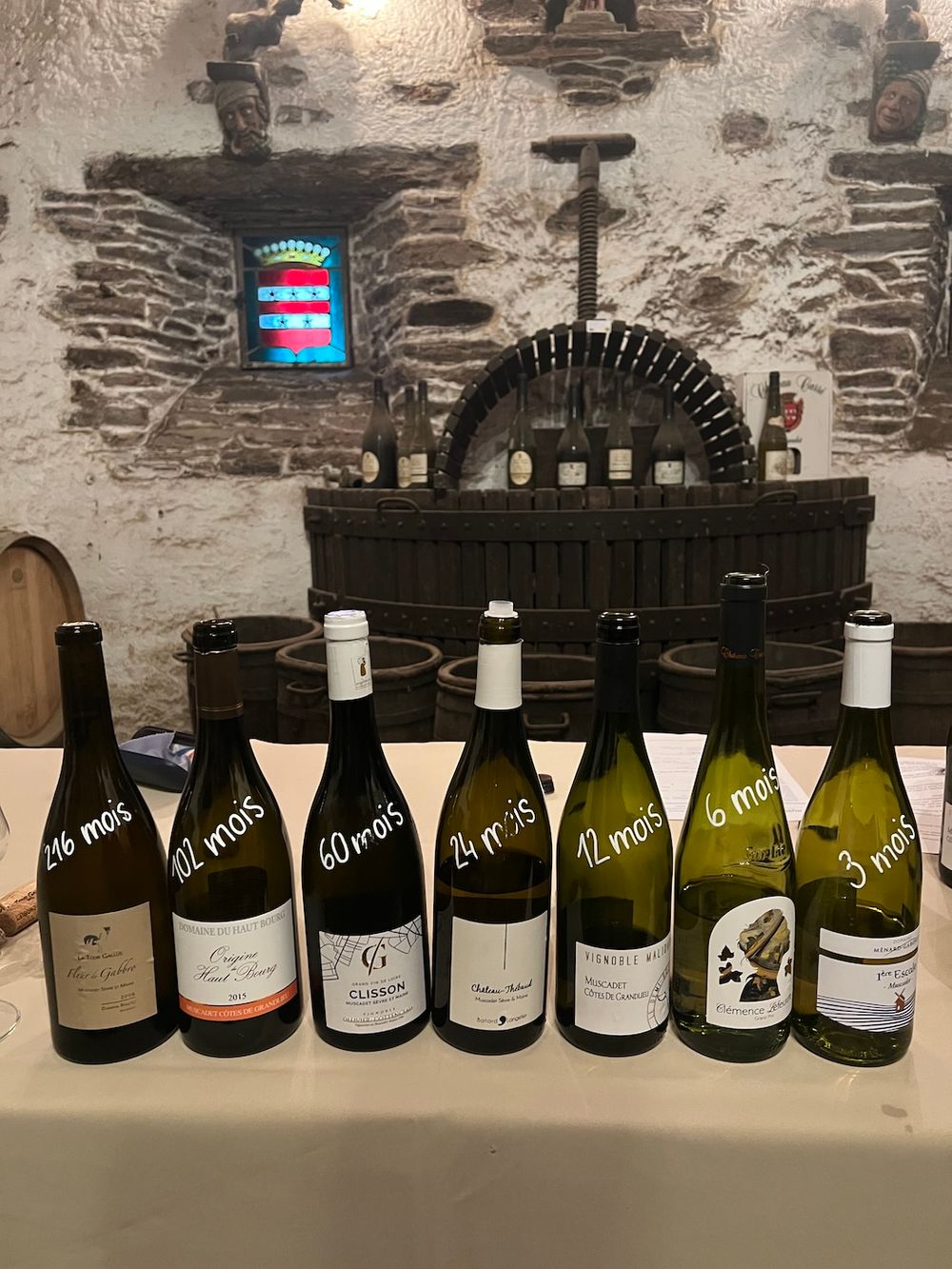
Standouts included:
2019 – Muscadet Sèvre et Maine, Château-Thébaud – Domaine Batard Langelier
2018 – Muscadet Sèvre et Maine Clisson – Domaine de la Grenaudière
2015 – Muscadet Côtes de Grand Lieu, Domaine du Haut Bourg, "Origine"
2006 – Muscadet Sèvre et Maine Gorges – Domaine de la Tour Gallus (exceptional)
By now, it should be no surprise that my favourites began around the 2019 mark. Another clue to our original question. I asked about ageing potential the winemakers shared that 1993 is still showing well, and they have bottles from 1953 stored for special occasions. Most of the wines we tasted still showed incredible youth, and the complexity developed beautifully with time on lees.
Final stop: a toast to Melon B
Our final destination: Château de la Frémoire, Vertou, the unofficial ‘embassy’ of Nantes wines. Here, we sampled a broader range: Folle Blanche, Gamay, Malvoisie (Pinot Gris), and more Melon B.
We ended with dinner: aged Melon B (2016) and lamb which was another unlikely but marvellous pairing. Revisiting the off-dry Malvoisie I’d first tasted upon arrival was a treat as it makes a lovely aperitif. But Folle Blanche truly stole the show. Brilliant with oysters and, thrillingly, also being made into sparkling wine by some producers. But that, dear reader, deserves its own story…
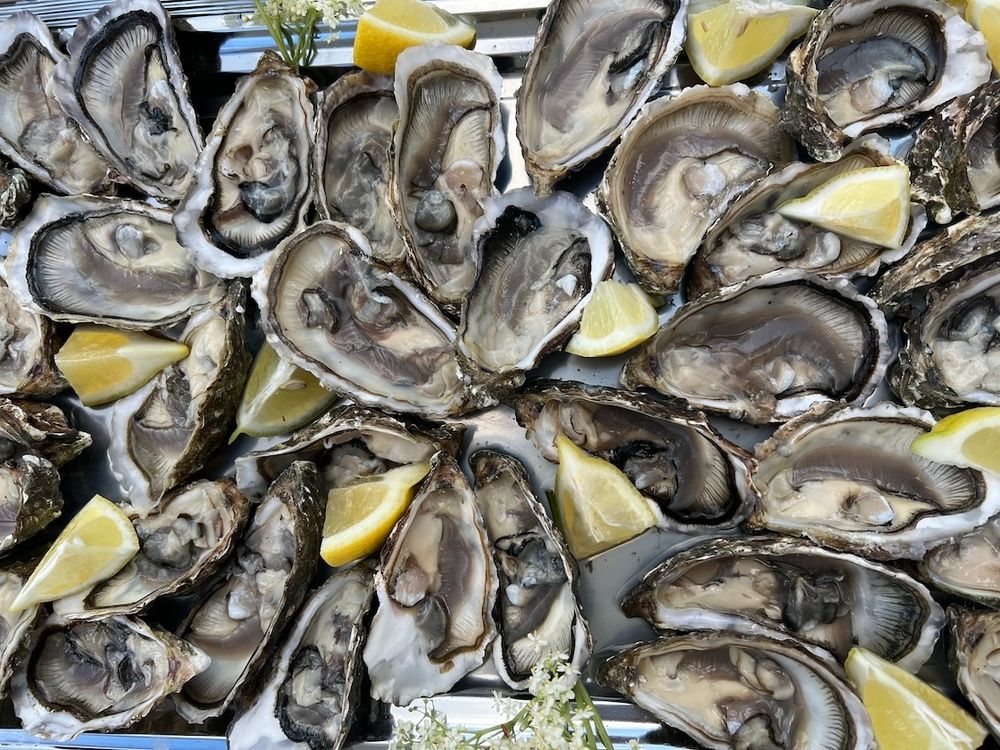
Before Picpoul de Pinet arrived on the scene, Muscadet was the only drink us Brits would pair with oysters
Final thoughts
Melon B has proven itself capable of producing fabulously complex wines – wines worth ageing, wines that tell a story, wines that thrive on lees. Its natural acidity means even sweeter versions avoid cloying heaviness. Muscadet was the first AOC in the Vins de Loire.
So I ask you again: How on earth did we get it all wrong?

